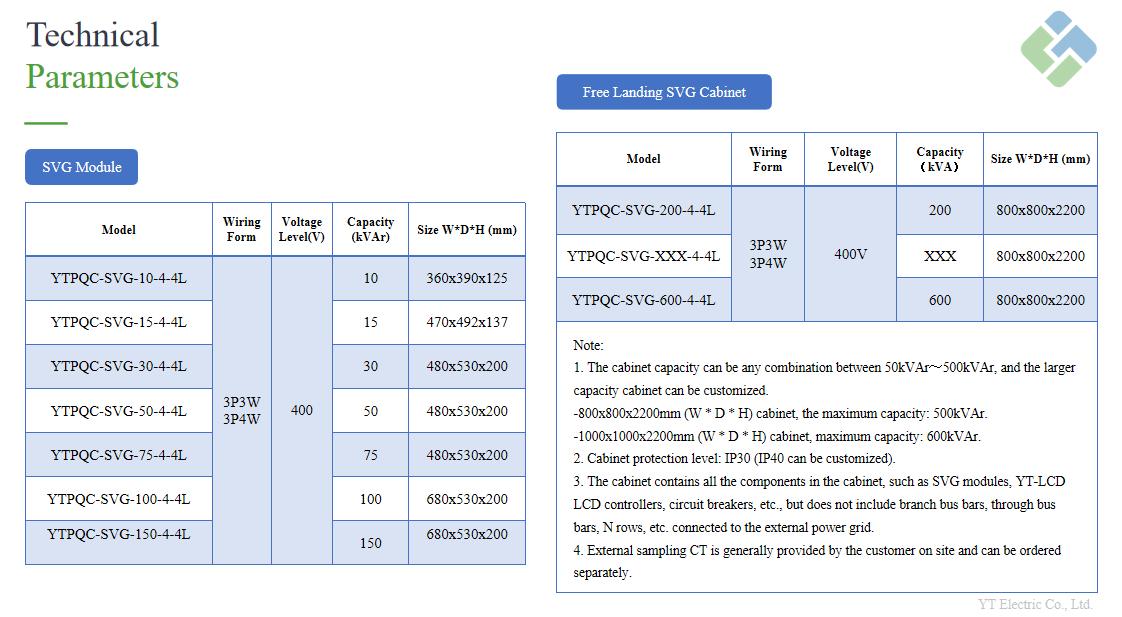
Wichtige Schritte zur Größenbestimmung Aktive Oberwellenfilter
1. ✅ Führen Sie eine harmonische Analyse durch:
Führen Sie zunächst eine gründliche Harmonischenanalyse durch. Identifizieren Sie die vorhandenen Harmonischen und messen Sie deren jeweilige Stärke. Diese Analyse bildet die Grundlage für die Entwicklung einer effektiven Minderungslösung.
[wenn !supportLists] 2. ✅ Bewerten Sie die Lasteigenschaften:
Messen Sie wichtige Kennzahlen zur harmonischen Verzerrung, insbesondere die Gesamtverzerrung (THD) oder die Gesamtverzerrung des harmonischen Stroms (THDi). Diese Werte stellen die harmonischen Strompegel als Prozentsatz des Grundstroms dar und sind wichtige Eingaben für die Bestimmung der erforderlichen Filtergröße.
[wenn !supportLists] 3. ✅ Vergütungsbedarf berechnen:
Bestimmen Sie die erforderliche Oberschwingungsstromkompensationskapazität, indem Sie den gemessenen THD/THDi-Wert mit dem Nennlaststrom des Systems multiplizieren.
[wenn !supportLists] 4. ✅ Wählen Sie das passende AHF aus:
Wählen Sie ein aktives Harmonischenfiltermodell (AHF) basierend auf dem berechneten Kompensationsbedarf. Stellen Sie sicher, dass das ausgewählte AHF über Folgendes verfügt:
O A aktuelle Bewertung gleich oder größer als der berechnete Kompensationsstrom.
O A Nennspannung mit der Nennspannung Ihres Systems kompatibel.
O Erweiterte Kompensationsfunktionen , einschließlich der Fähigkeit, Oberwellen bis mindestens zur 50. Ordnung dynamisch zu mildern.
[wenn !supportLists] 5. ✅ Integrieren Sie eine Sicherheitsmarge:
Es wird dringend empfohlen, in die Nennkapazität des AHF eine zusätzliche Sicherheitsmarge von 20–25 % einzuplanen, um ein mögliches zukünftiges Lastwachstum oder Lastschwankungen zu berücksichtigen.

Besuchen Sie unsere Website: https://www.ytelect.com/
E-Mail: pineapple@yt-electric.com
Abonnieren Sie uns, um in den Genuss von Veranstaltungspreisen zu kommen und einige der besten Preise zu erhalten.
 IPv6-Netzwerk unterstützt
IPv6-Netzwerk unterstützt

